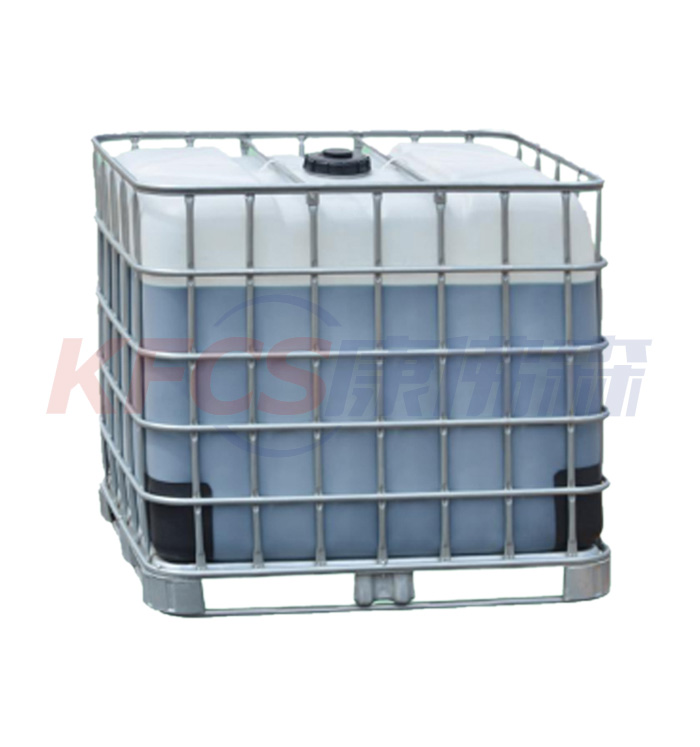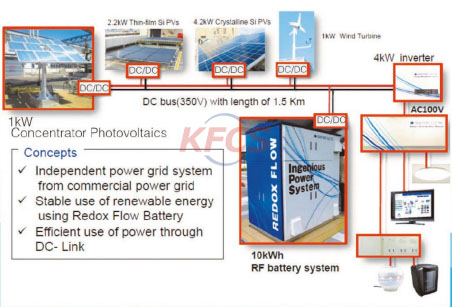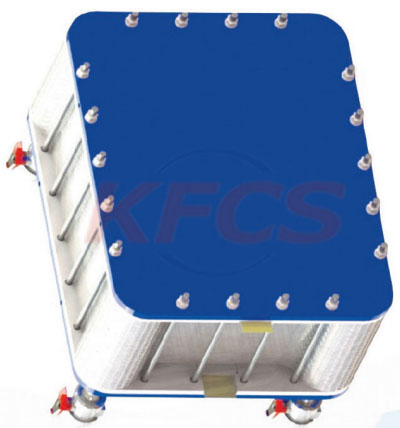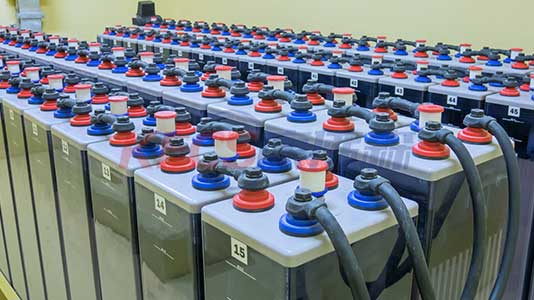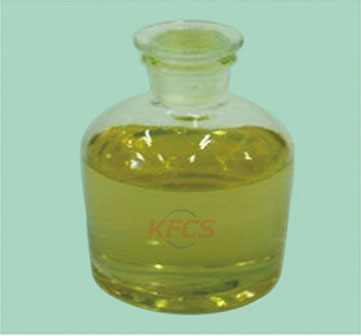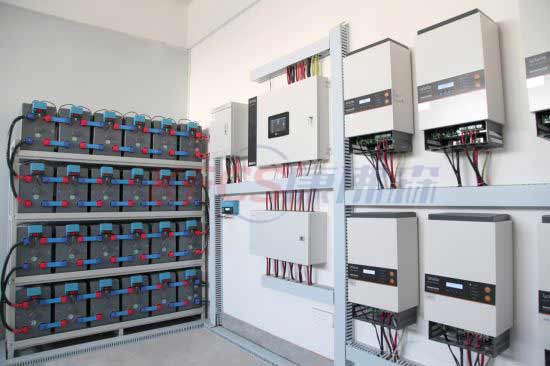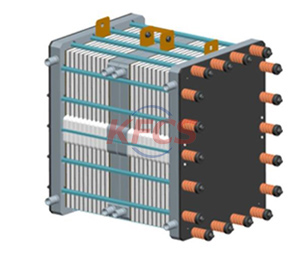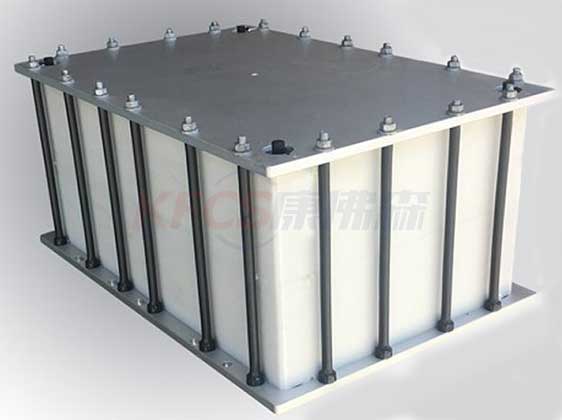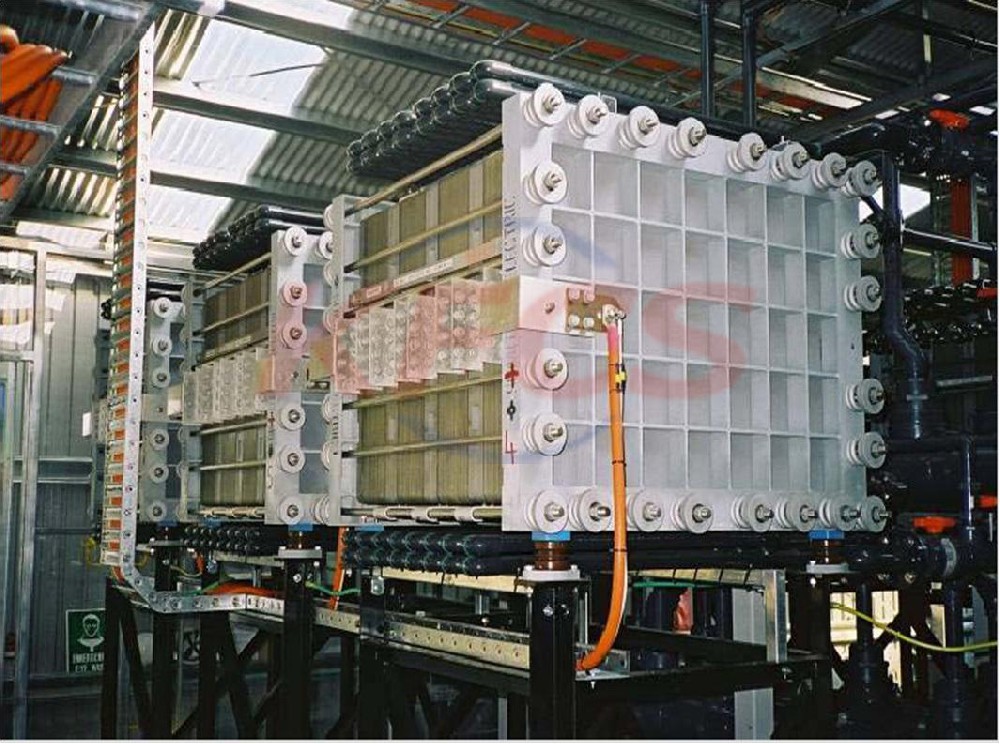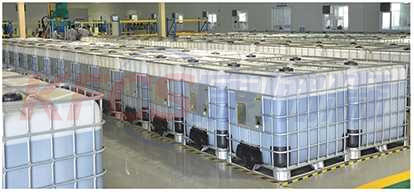Helps find high-efficiency battery materials by recombining molecular building blocks of known solar cells
Organic solar cells can play a key role in the transition to renewable energy. In advancing this transition, inexpensive synthetic routes and improved cell efficiency are of great importance. The discovery of a new material called a "non-fullerene acceptor" (NFA) provides a cost-effective synthesis route compared to conventional silicon solar cells, while offering advantages over the first organic solar cell. higher efficiency.
Challenges remain in the design of these "non-fullerene acceptor" materials with properties tailored for solar cell use. Denis Andrienko of the Kurt Kremer Department of the Max Planck Institute for Polymer Research and colleagues have now developed a new simulation-based design method to simplify this procedure.
The design approach takes advantage of organic solar cells already known to have high efficiency, dividing them into several building blocks. These building blocks consist of electron-donating or electron-accepting molecular components, so-called "acceptors" and "donors." Donor and acceptor building blocks from different known solar cells can be combined to yield new "non-fullerene acceptor" molecules for use in solar cells.
Kun-Han Lin, co-author of the study, said: "Selecting the right one from the large number of existing molecular compounds is a challenge -- that's why we used our method to go into already existing solar cells and combine their molecular components to create new solar cells".
Design algorithms include constraints that reduce the number of possible "non-fullerene acceptor" molecules -- such as molecular symmetry, quadrupole moment, ionization energy, and electron affinity. For example, where an acceptor-donor-acceptor combination is used, the two acceptor building blocks are always of the same type. This design approach has shown promise in helping to predict the efficiency of solar cells before the material is actually synthesized.


